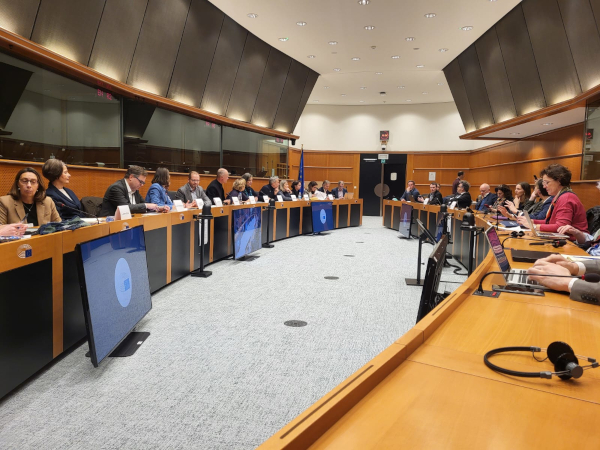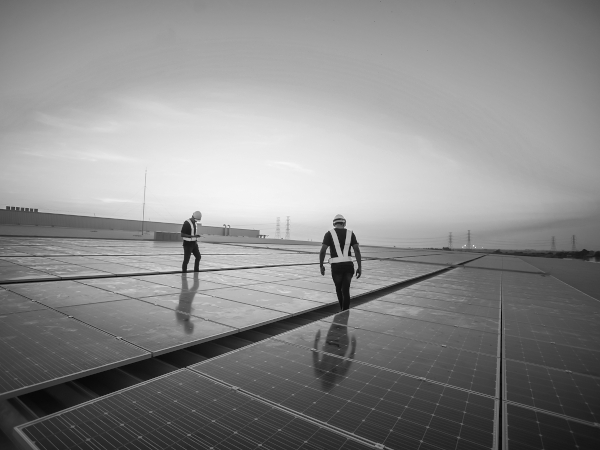Date: 2 April 2013
This is, in short, the message Glass for Europe will convey in its response to the consultation launched today by the European Commission with the release of its Green Paper addressing a 2030 framework for climate and energy policies.
Bertrand Cazes, Secretary General of Glass for Europe, explains ‘Energy efficiency is at the core of all activities of flat glass manufacturers. The desire to save energy is behind the purchase of our products and is the main focus of research and product development in our industry. Energy efficiency is the only horizon for our business, and it is the primary concern in the daily operations of our manufacturing facilities. We are therefore disappointed by the timorous approach of the Commission’s green paper on energy efficiency.’
Glass for Europe supports the view that any target needs to be assessed in light of the need for Europe to strengthen the competitiveness of its economy and industry. This is true for the energy efficiency potential in each of the sectors of the economy. Most likely such a sectoral assessment would reveal to what extent high energy efficiency ambitions in the building sector could be a major driver of competitiveness, growth and jobs in the EU. The same assessment will also be needed for a climate target notably to ensure that it can be accompanied by adequate mechanisms to protect Europe’s industries from risks of carbon leakage beyond 2020.
Competitiveness is instrumental in this debate according to Bertrand Cazes. ‘Efficiency is all about competitiveness, it’s about efficient production, about mitigating the increase in energy prices, creating markets and sustaining Europe’s leaders in energy-efficient products.’
Glass for Europe will call for a binding energy efficiency target that will support economic growth, sustain the competitiveness of Europe’s industries and facilitate the transition towards a low-carbon economy across all sectors of the economy.
About Glass for Europe
Glass for Europe is the trade association for Europe’s manufacturers of flat glass. Flat glass is the material that goes into a variety of end-products and primarily in windows and façades for buildings, windscreens and windows for automotive and transport as well as glass covers, connectors and mirrors for solar-energy equipments. Flat glass is also used for many other applications such as furniture, electronics, appliances, etc.
Glass for Europe has four members: AGC Glass Europe, NSG-Group, Saint-Gobain Glass and Sisecam-Trakya Cam and works in association with Guardian. Altogether, these five companies represent 90% of Europe’s flat glass production.







Add new comment